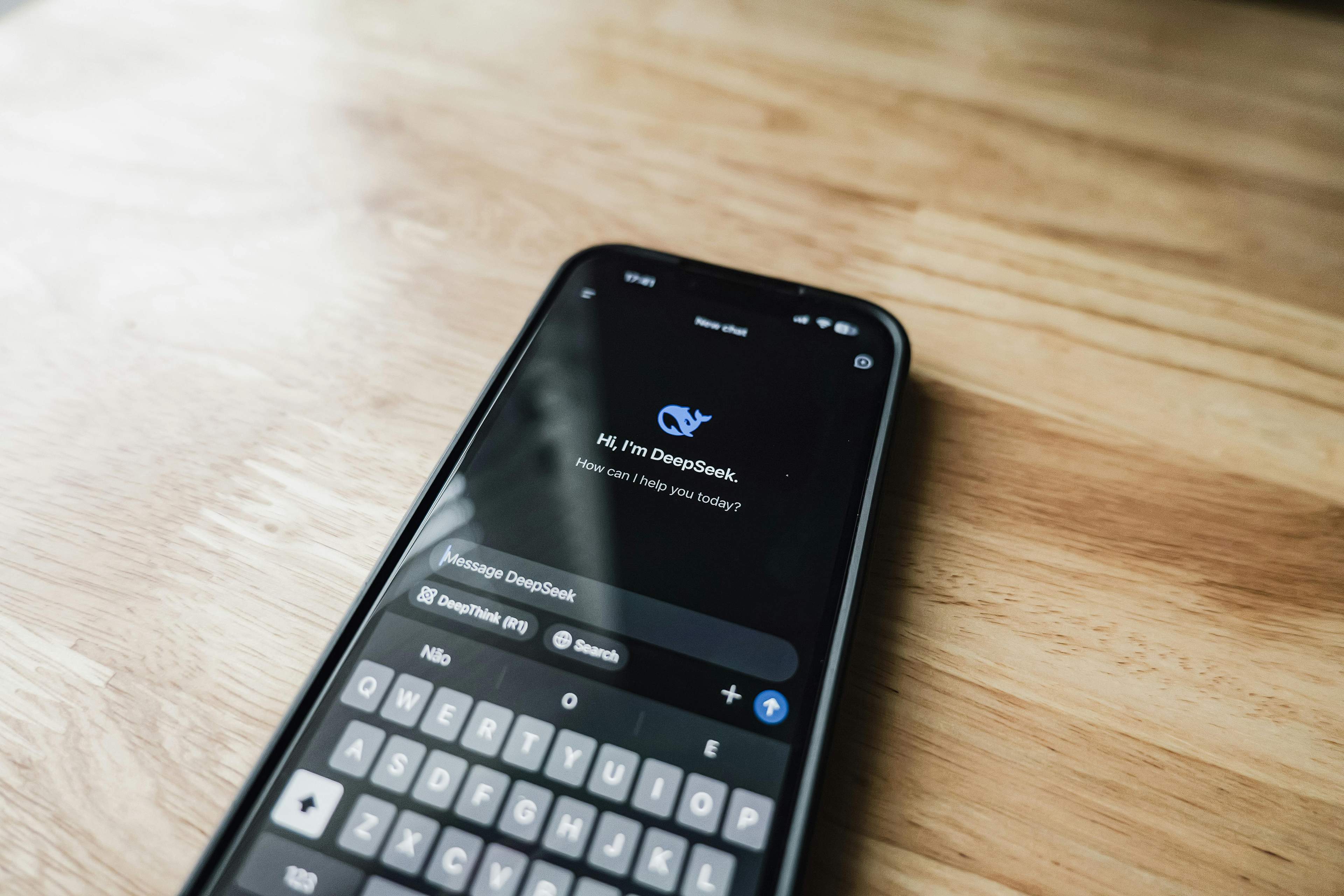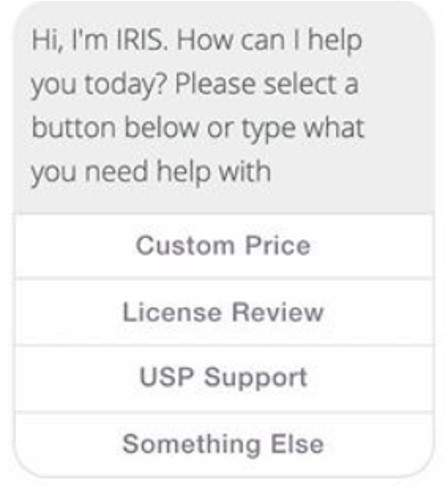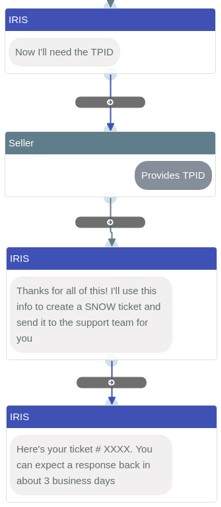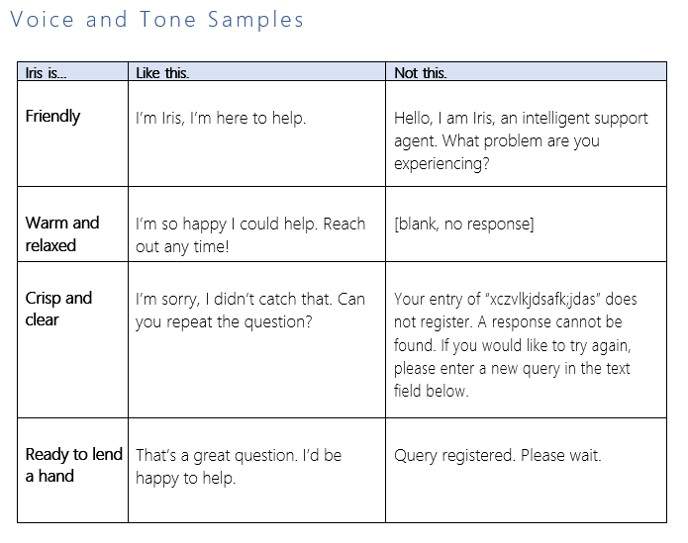Crafting a Brand Voice for Conversational AI
The Ask
Client: A global tech company with a complex enterprise suite
Role: Lead Content Strategist (operating at ACD Copy level)
The ask was simple: make a virtual agent feel human.
The goal was to build trust and clarity at scale, especially when users needed help most.
The Real Problem
How do you make an AI assistant feel human without being fake?
The client was launching a conversational AI to deflect IT tickets and guide users. It wasn’t just a chatbot — it was a moment to shift perception and build trust in automation.
But the early voice was off. Vague. Robotic. Distant. It didn’t match the brand or reassure the user. If the AI couldn’t guide someone in need, the whole system stalled.
The ask was simple. The opportunity was bigger.
This was a brand moment hiding inside a help ticket.
The Thinking Behind the Story
The biggest risk wasn’t sounding robotic. It was losing trust
I approached this project like a brand problem, not just a UX one. The voice wasn’t just delivering answers. It was shaping how people felt about automation in the first place.
To ground the system in real needs, we ran user testing with our audience to learn what resonated. We listened closely to how they described their tasks, where they got stuck, and which terms felt natural. We followed it up with Wizard of Oz testing and SME reviews to validate the tone and flow before scaling.
What I found was that emotion showed up early—in confusion, hesitation, and frustration. That gave me a starting point: a tone system that could flex based on context, urgency, and need. Something that could meet people with clarity, calm, and confidence.
This wasn’t just about sounding helpful. It was about feeling human.
Voice with a Job to Do
I led voice definition and content strategy across the full experience. Every prompt, fallback, and flow was crafted with clarity and empathy in mind.
Defined tone, UX voice, and content design in close partnership with product, design, and research teams
Created modular message templates that felt natural, helpful, and brand-aligned
Designed voice variants that flexed tone based on urgency and emotional need
Aligned support copy and logic to structured self-service flows
Built internal messaging tools and guidance to scale tone consistently
Partnered with internal help desk teams to ensure the voice felt human, not scripted
Creative Impact
Reduced internal support tickets by 80% through clearer self-service
Increased user satisfaction and trust in the AI system
Created a scalable voice framework used across future bots
Helped reposition the bot from a last resort to a preferred support experience
Bottom Line
This wasn’t just a chatbot.
It was a chance to turn automation into brand connection, one message at a time.




